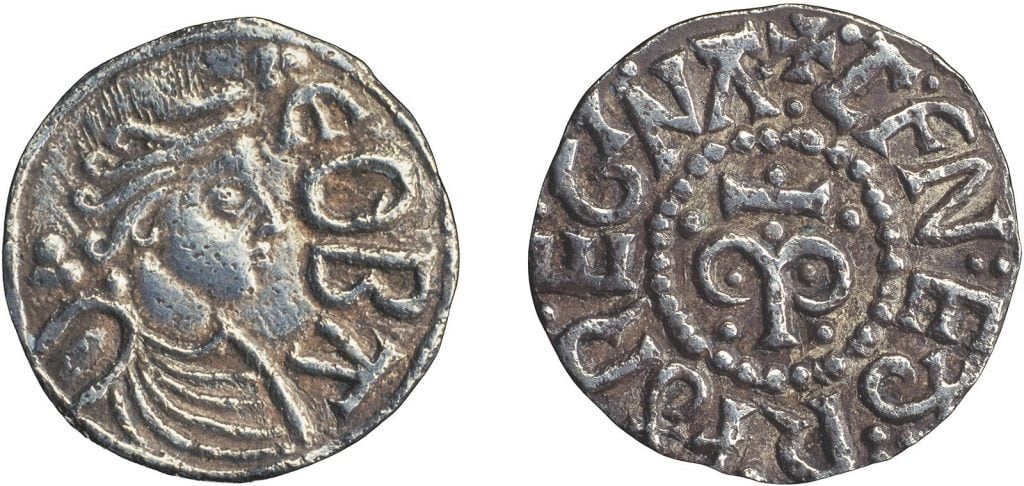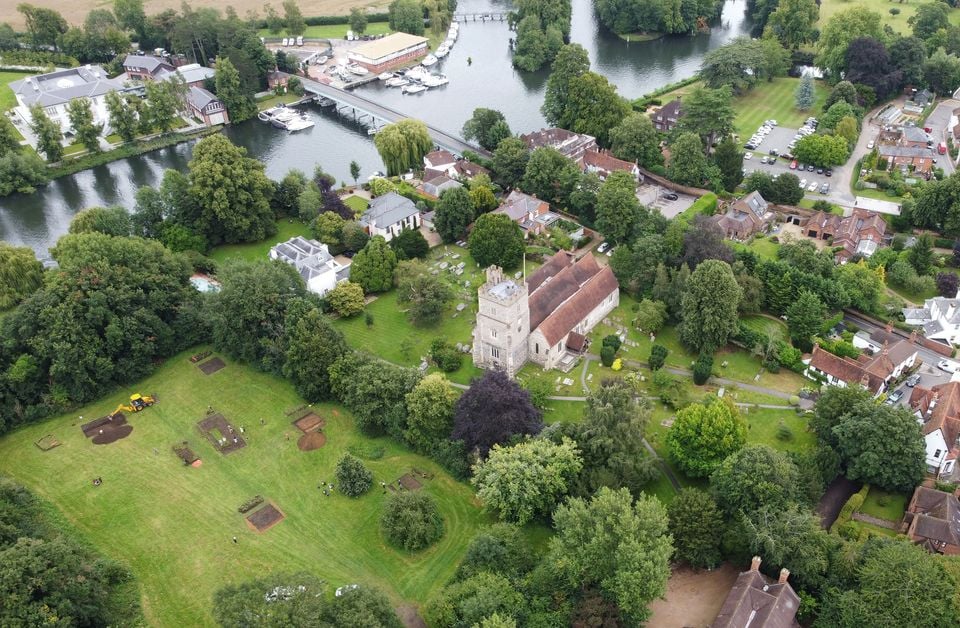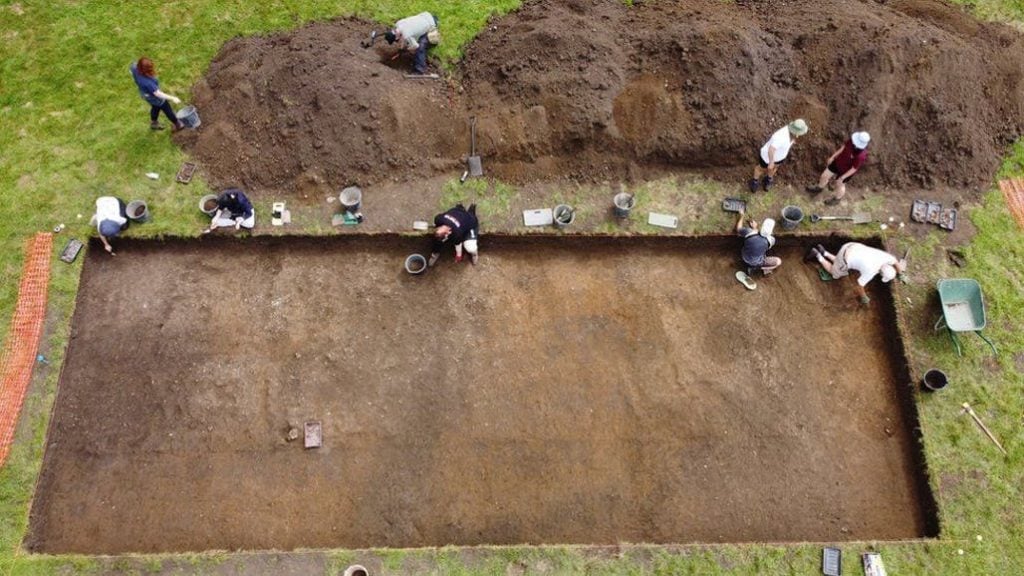Archaeology & History
Archaeologists in England Unearthed a Long-Lost Monastery Presided Over by a Powerful Anglo-Saxon Queen
Queen Cynethryth led the monastery after her husband's death.

Queen Cynethryth led the monastery after her husband's death.

Sarah Cascone

Archaeologists from the U.K.’s University of Reading have discovered the site of an ancient Anglo-Saxon monastery that was ruled by a royal abbess, Queen Cynethryth.
Cynethryth is believed to have taken over the monastery after the death of her husband, the Mercian King Offa, in the year 796. The two are believed to have ruled together, with the famed King Charlemagne addressing them jointly in his surviving letters. She is the only woman of the period to be depicted on a coin, a sign of her power and influence.
The 8th-century monastery was located in the present-day Berkshire village of Cookham, on a gravel island along the banks of the River Thames. Excavations on what is now the grounds of Holy Trinity Church have uncovered timber from the former monastery buildings, as well as artifacts left behind by its inhabitants, including a bronze bracelet, a dress pin, and pottery cooking vessels and food remains.
“Despite its documented royal associations, barely anything is known about what life was like at this monastery, or others on this stretch of the Thames, due to a lack of archaeological evidence,” Gabor Thomas, the lead archaeologist on the dig, said in a statement.

The remains of the monastery led by the Anglo-Saxon ruler Queen Cynethryth were found near the banks of the Thames, in a field next to the parish church. Photo courtesy of the University of Reading.
“The items that have been uncovered will allow us to piece together a detailed impression of how the monks and nuns who lived here ate, worked and dressed. This will shed new light on how Anglo-Saxon monasteries were organized and what life was like in them,” he added.
In more recent times, Cookham was home to the artist Stanley Spencer (1891–1959), who depicted his hometown in many of his paintings—including the medieval-era church that was once the site of the monastery, reports the Art Newspaper.

Excavations of the lost monastery presided over by Queen Cynethryth. Photo courtesy of the University of Reading.
“The lost monastery of Cookham has puzzled historians, with a number of theories put forward for its location. We set out to solve this mystery once and for all,” Thomas said. “Cynethryth is a fascinating figure, a female leader who clearly had genuine status and influence in her lifetime.… We are thrilled to find physical evidence of the monastery she presided over, which is also very likely to be her final resting place.”
Cynethryth died sometime after the year 798, and is believed to have been buried somewhere on the monastery grounds. Excavations on the site will continue next summer.